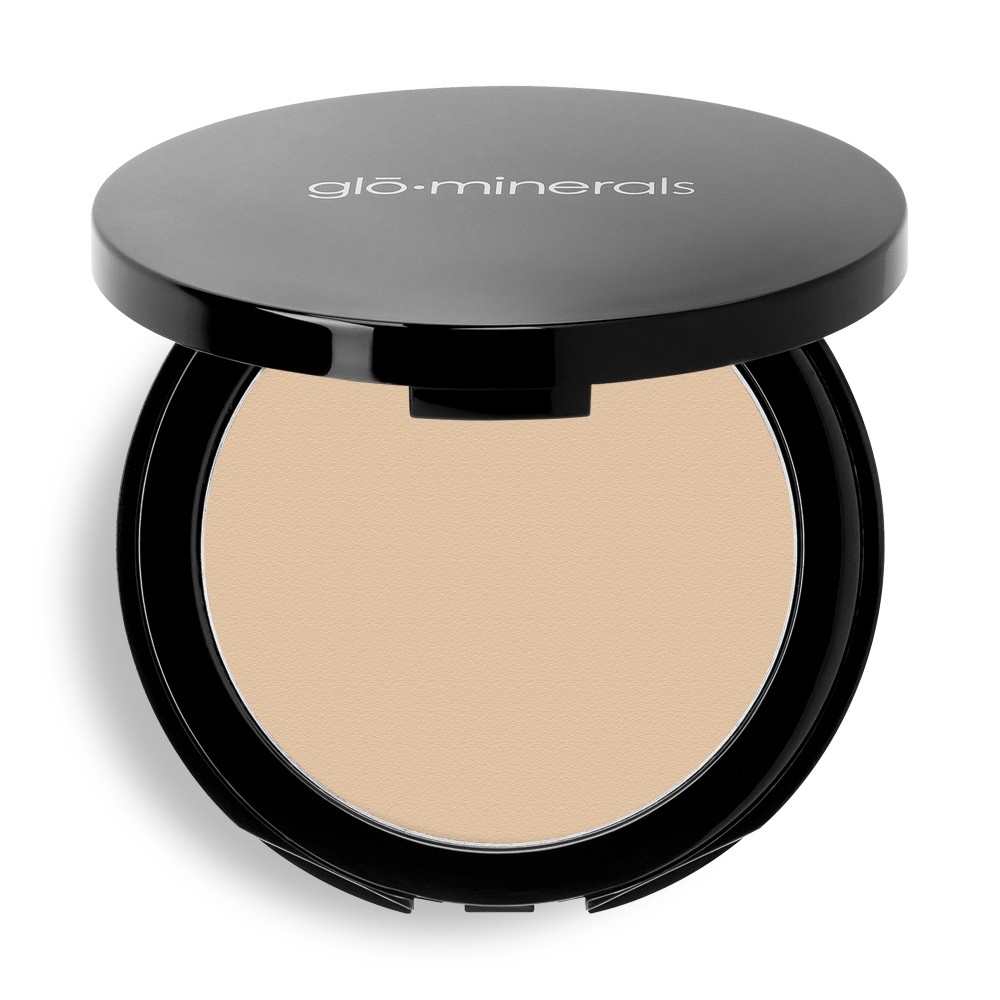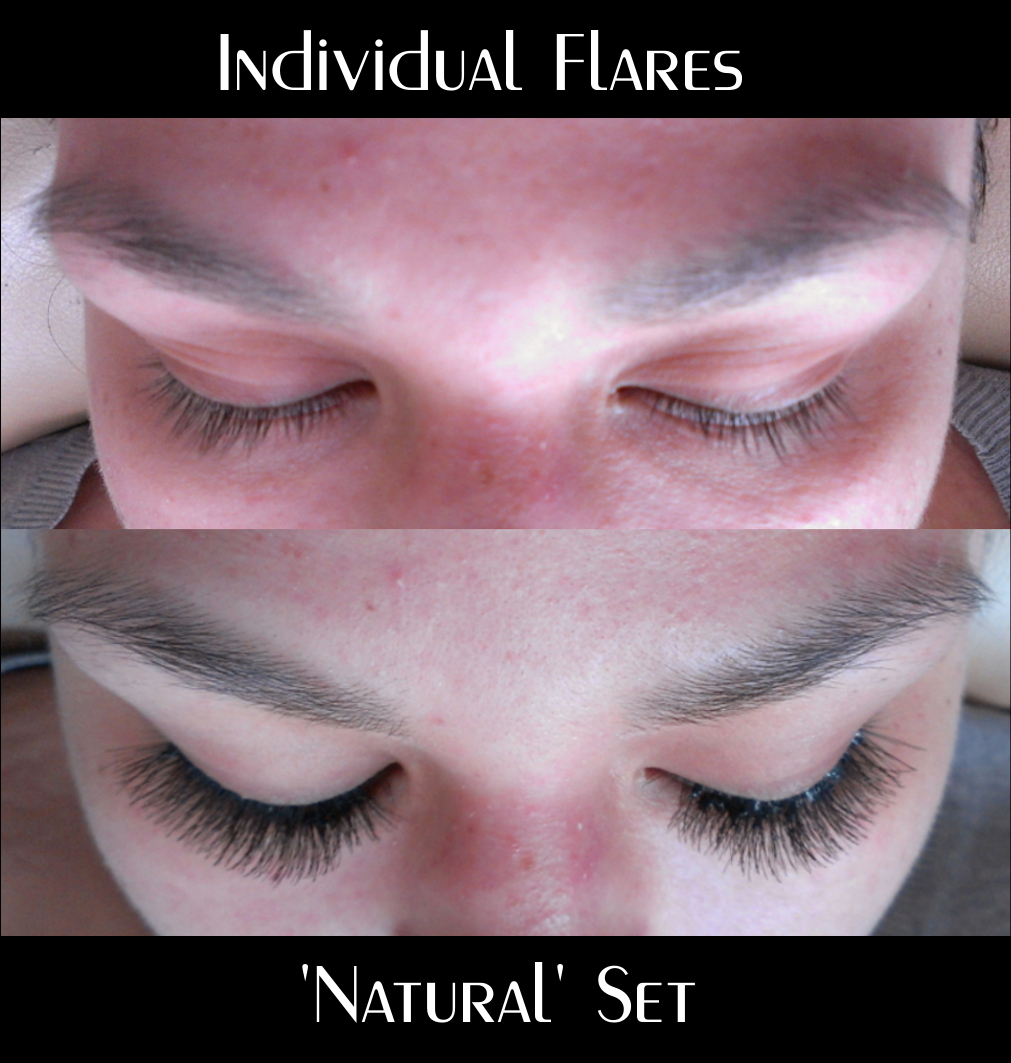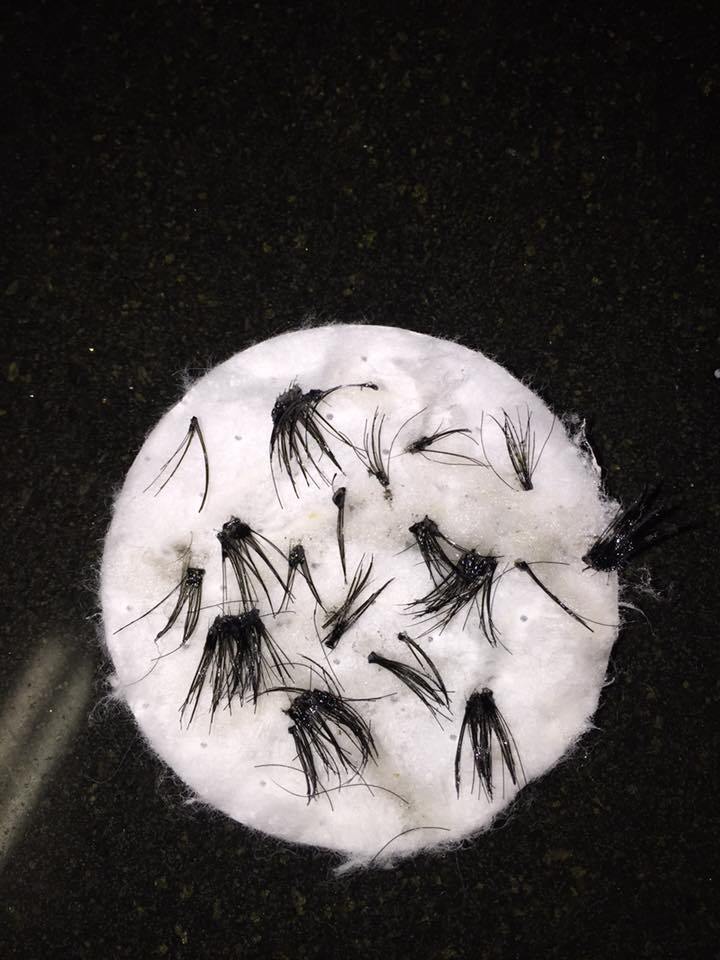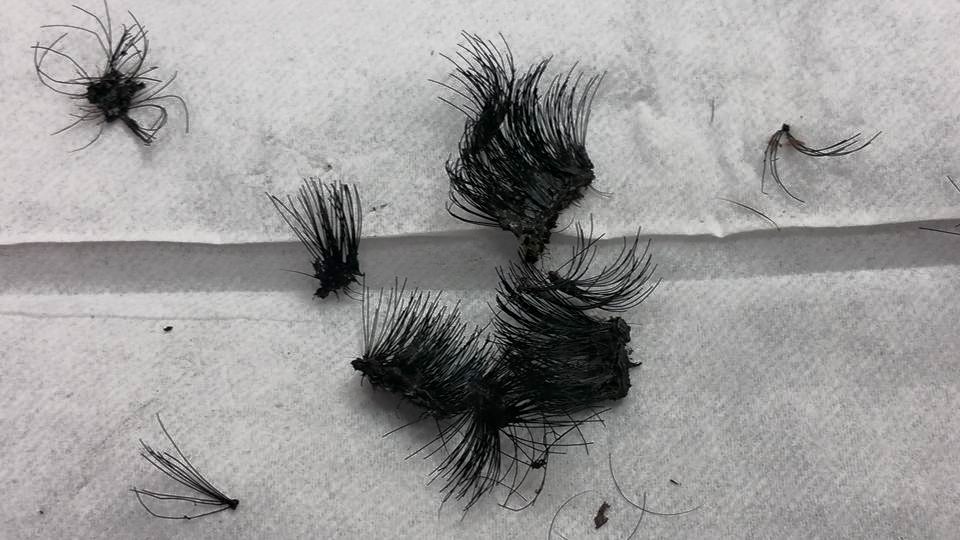A: Yes, there is a difference between a setting powder and a finishing powder! Setting powder is what you use to 'set' liquid or creme foundations. This helps to prevent product transfer from the skin to other things such as clothes, or your phone, as well as reducing the tacky feeling some foundations may leave behind. Setting powder is particularly important for those with more oily skin, as many setting powders contain mattifying agents to help control excess shine.
Setting powders come in both pressed and loose versions, and whichever you choose is simply a matter of personal preference. Pressed powders are typically a bit more travel friendly, but many brands now, such as Priia, have nifty resealable sifters to prevent loose powder flying everywhere after you take the container out of your purse or makeup bag. Setting powders are typically translucent or sheerly tinted, but if you still need more coverage than your creme or liquid foundation provides, you can opt for a powder foundation to set your makeup instead.
Favourite Setting Powders:
 Priia HydraPrime Oil-Control Powder: $18
Priia HydraPrime Oil-Control Powder: $18
Glo Minerals Perfecting Powder: $37
Glo Minerals Luxe Setting Powder: $42
Finishing powders, in contrast, is intended to go on top of setting powder and all other makeup! Most finishing powders have a high level of silica, which refracts light and helps pores and imperfections appear smoother and smaller. Acne safe brands such as Priia, opt for rice, silk, and pearl powders to achieve the same luminescent effect without potentially clogging sensitive pores. Some finishing powders are translucent, and some are sheerly tinted.
Be careful with finishing powders however! When used incorrectly, they can cause flashback in certain lighting situations (think of all the photos of celebrities with white splotches across their face- misuse of finishing powder). Using a finishing powder to set your makeup can backfire under a camera flash, so be sure you are using your beauty arsenal properly. When used correctly, finishing powders decrease the appearance of fine lines and wrinkles, as well as pores.
Favourite Finishing Powders:
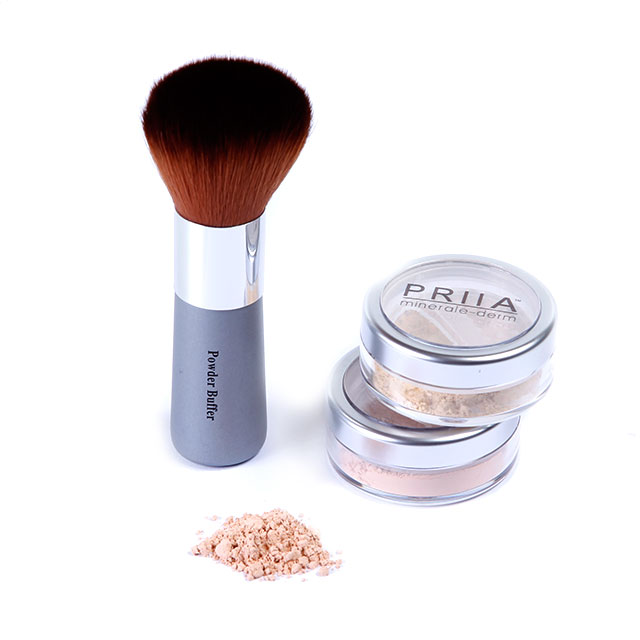 Priia BEHAVE Finishing Powder: $18
Priia BEHAVE Finishing Powder: $18
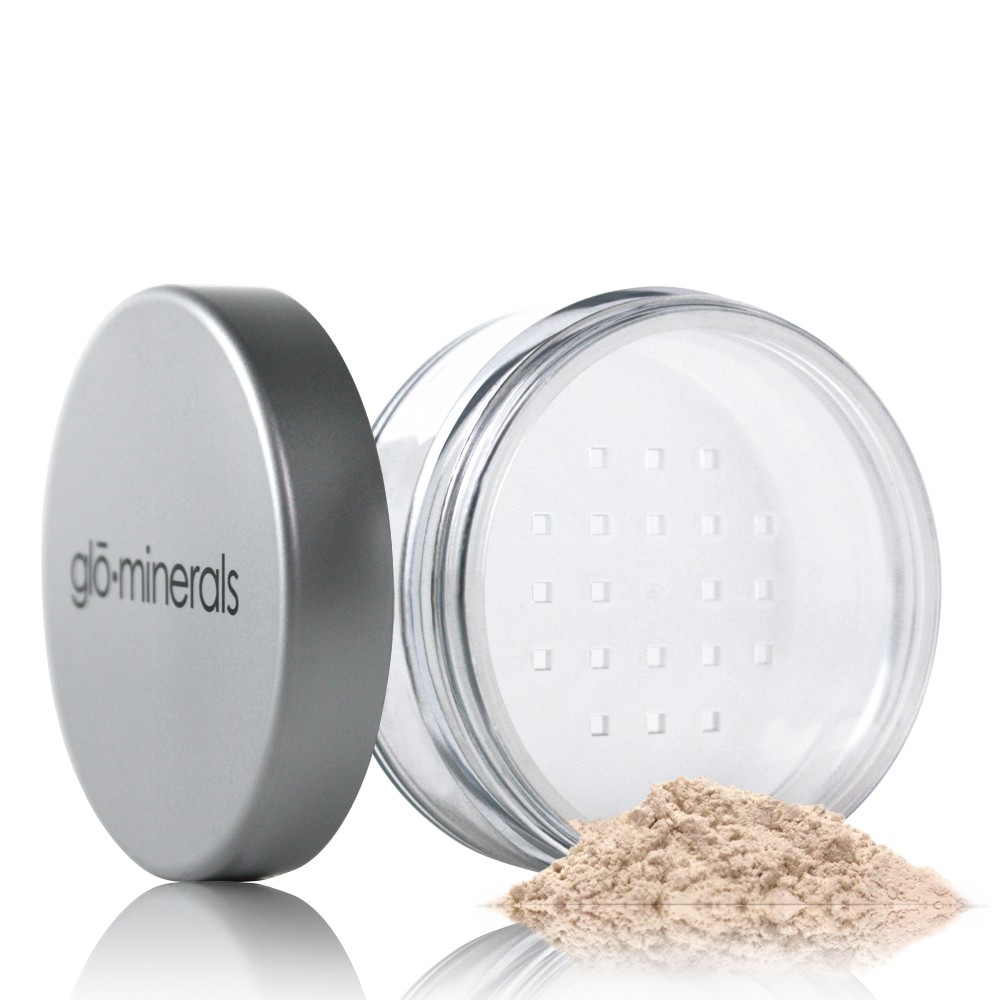 Glo Minerals Loose Matte Finishing Powder: $35 (no resealable sifter)
Glo Minerals Loose Matte Finishing Powder: $35 (no resealable sifter)



